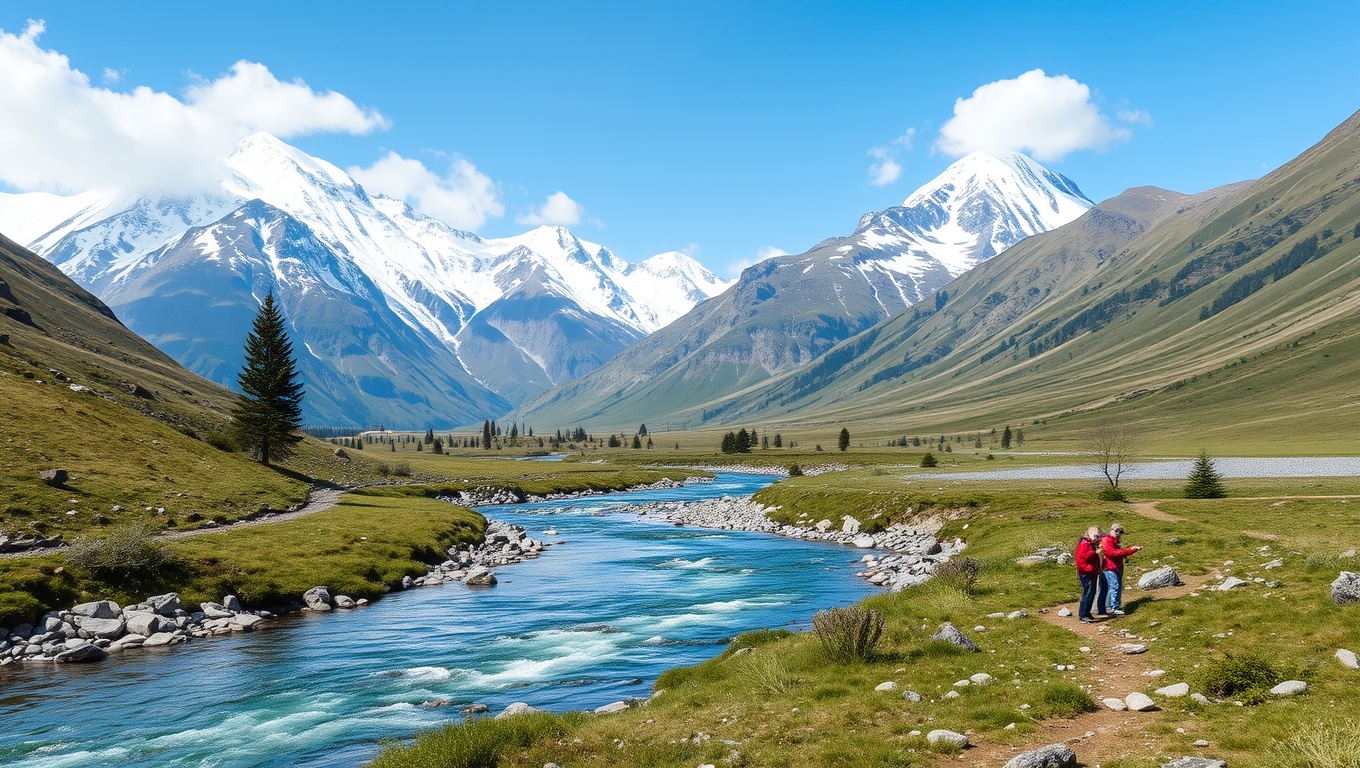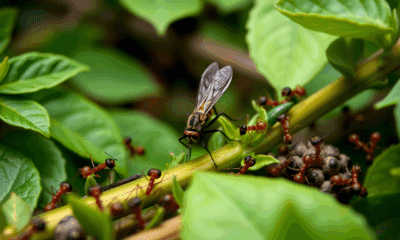While we try to keep things accurate, this content is part of an ongoing experiment and may not always be reliable.
Please double-check important details — we’re not responsible for how the information is used.
Archaeology
The Hidden World of Mountain Streamflow: A Surprise from the West’s Snow-Capped Mountains
Hydrologists show most streamflow out of the West’s mountains is old snowmelt on a multi-year underground journey. New study finds that spring runoff is on average 5 years old.

Ancient Civilizations
Unraveling Ancient Mesoamerican History: The Discovery of Te K’ab Chaak’s Tomb
A major breakthrough in Maya archaeology has emerged from Caracol, Belize, where the University of Houston team uncovered the tomb of Te K’ab Chaak—Caracol’s first known ruler. Buried with elaborate jade, ceramics, and symbolic artifacts, the tomb offers unprecedented insight into early Maya royalty and their ties to the powerful Mexican city of Teotihuacan.
Ancient Civilizations
Debunking the Elite: New DNA Research Challenges Ancient Ireland’s Incestuous Social Hierarchy
DNA from a skull found at Newgrange once sparked theories of a royal incestuous elite in ancient Ireland, but new research reveals no signs of such a hierarchy. Instead, evidence suggests a surprisingly egalitarian farming society that valued collective living and ritual.
Ancient Civilizations
Uncovering Ancient Native American Farms in Michigan: A Drone-Based Study Reveals 1,000-Year-Old Farming System
In the dense forests of Michigan s Upper Peninsula, archaeologists have uncovered a massive ancient agricultural system that rewrites what we thought we knew about Native American farming. Dating back as far as the 10th century, the raised ridged fields built by the ancestors of the Menominee Indian Tribe covered a vast area and were used for cultivating staple crops like corn and squash. Using drone-mounted lidar and excavations, researchers found evidence of a complex and labor-intensive system, defying the stereotype that small, egalitarian societies lacked such agricultural sophistication. Alongside farming ridges, they also discovered burial mounds, dance rings, and possible colonial-era foundations, hinting at a once-thriving cultural landscape previously obscured by forest.
-

 Detectors8 months ago
Detectors8 months agoA New Horizon for Vision: How Gold Nanoparticles May Restore People’s Sight
-

 Earth & Climate10 months ago
Earth & Climate10 months agoRetiring Abroad Can Be Lonely Business
-

 Cancer9 months ago
Cancer9 months agoRevolutionizing Quantum Communication: Direct Connections Between Multiple Processors
-

 Albert Einstein10 months ago
Albert Einstein10 months agoHarnessing Water Waves: A Breakthrough in Controlling Floating Objects
-

 Earth & Climate9 months ago
Earth & Climate9 months agoHousehold Electricity Three Times More Expensive Than Upcoming ‘Eco-Friendly’ Aviation E-Fuels, Study Reveals
-

 Chemistry9 months ago
Chemistry9 months ago“Unveiling Hidden Patterns: A New Twist on Interference Phenomena”
-

 Agriculture and Food9 months ago
Agriculture and Food9 months ago“A Sustainable Solution: Researchers Create Hybrid Cheese with 25% Pea Protein”
-

 Diseases and Conditions10 months ago
Diseases and Conditions10 months agoReducing Falls Among Elderly Women with Polypharmacy through Exercise Intervention





























